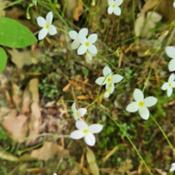
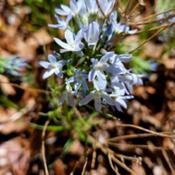
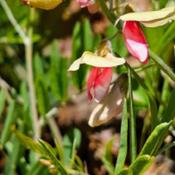
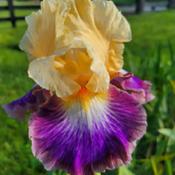
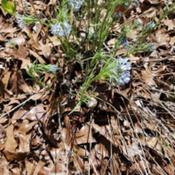
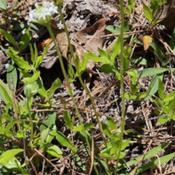
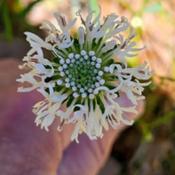
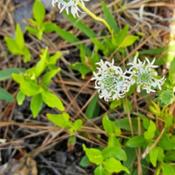
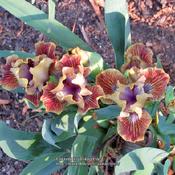
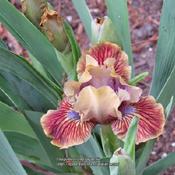
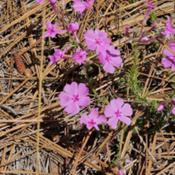
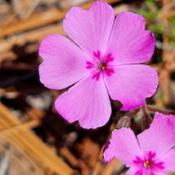
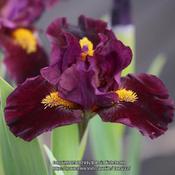
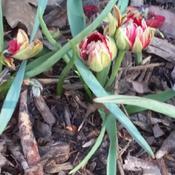
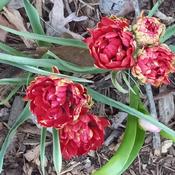
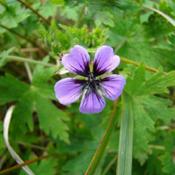
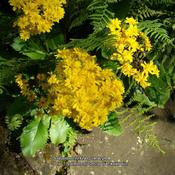
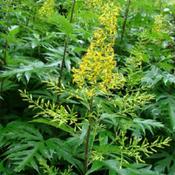
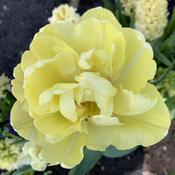
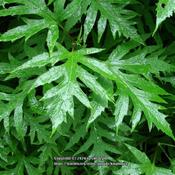
» See more new plant database photos
» View recently added plants
| By dnrevel on Apr 27, 2024 3:01 PM, concerning plant: Dahlia 'Gitts Crazy' Looks like a beautiful stellar form. I will be interested in comparing to Leggs that I'm growing, in form and size. [ | Reply to this comment ] |
| By Baja_Costero on Apr 27, 2024 2:13 PM, concerning plant: Leucostele atacamensis subsp. pasacana Branched, spiny cactus tree from South America to over 30 feet tall (in old age). 20-30 ribs, 50-100 unequal spines. White to pinkish white flowers; hairy, dark green, edible fruit. Slow growing, long lived, drought tolerant. [ | Reply to this comment ] |
| By Baja_Costero on Apr 27, 2024 1:59 PM, concerning plant: Cardon de Espina Roja (Denmoza rhodacantha) Spiny South American barrel cactus (columnar with age) bearing tubular scarlet flowers pollinated by hummingbirds. Stems (typically unbranched) grow to 8-12 inches wide and up to 5 feet tall. (0-)1 central spine, 8-10 radial spines. Dry, dehiscent fruit. Flowers and fruit seem most similar to Oreocereus and Cleistocactus. Flowering occurs near the apex. [ | Reply to this comment ] |
| By dnrevel on Apr 27, 2024 10:29 AM, concerning plant: Rose (Rosa 'Windermere') This fragrant, highly disease resistant beauty is raved about in the cut flower circles online, a sought after David Austin variety. I've ordered 3 arriving today and will report back on how they do in SE Michigan. Characteristics include opening first with a slightly yellow tinge, then full open white & cream colors. [ | Reply to this comment ] |
| By StarlightCat on Apr 26, 2024 8:44 AM, concerning plant: Rose (Rosa 'Dr. Huey') I had bought what I thought was a white iceberg rose from Tractor Supply. The first two years, the rose was a long-stemmed yellow rose. Obviously, the graft wasn't even an iceberg rose! Then, this year, the graft must have died and the rootstock just exploded! My research indicates that Dr. Huey roses are often used for rootstock because the roots are so tenacious. Unfortunately, it only blooms once a year for the most part and then the spent canes apparently develop black spot, which has been happening to mine. The recommendation is to prune back the spent canes as it only flowers on the 1-year-old growth. So, if you want more flowers next year then you'll need to stop wasting energy on spent canes and prune immediately after blooms are spent. I was hoping to get a rose that I could use to collect rose petals so I had wanted an iceberg as they are prolific. However, this dark red (rather than white) bloom is also stunning in how deep red and velvety it is and also seems to resist sun bleaching. So, I think I'm going to keep this rose anyway as it's much better than the long-stemmed yellow rose. I will collect so many petals for my crafts! [ | Reply to this comment ] |
| By PieterK on Apr 25, 2024 8:24 PM, concerning plant: Hosta (Hosta sieboldii) Hosta rectifolia is NOT a synonym for H. sieboldii, it is a species onto its own with several forma. [ | 2 replies ] |
| By Jerrytheplater on Apr 25, 2024 6:55 PM, concerning plant: Iris (Iris sisianica) This Iris was first described in March, 2018. Here is the original description link: https://web.archive.org/web/20... Scroll down to page 22. [ | Reply to this comment ] |
| By PieterK on Apr 25, 2024 11:49 AM, concerning plant: Hosta (Hosta clausa) Seems to me this species listing should properly reflect all forms of it: [ | 1 reply ] |
| By mojavelv on Apr 24, 2024 5:32 PM, concerning plant: Ivory-Spined Agave (Agave utahensis var. eborispina) According to Gentry, var eborispina has terminal spines between 10-20 cm long. Plants with terminal spines shorter than this are probably nevadensis or simply utahensis ssp. [ | Reply to this comment ] |
| By ScotTi on Apr 24, 2024 4:57 PM, concerning plant: Bromeliad (Neoregelia 'Full Circle') Lisa Vinzant hybrid [ | Reply to this comment ] |